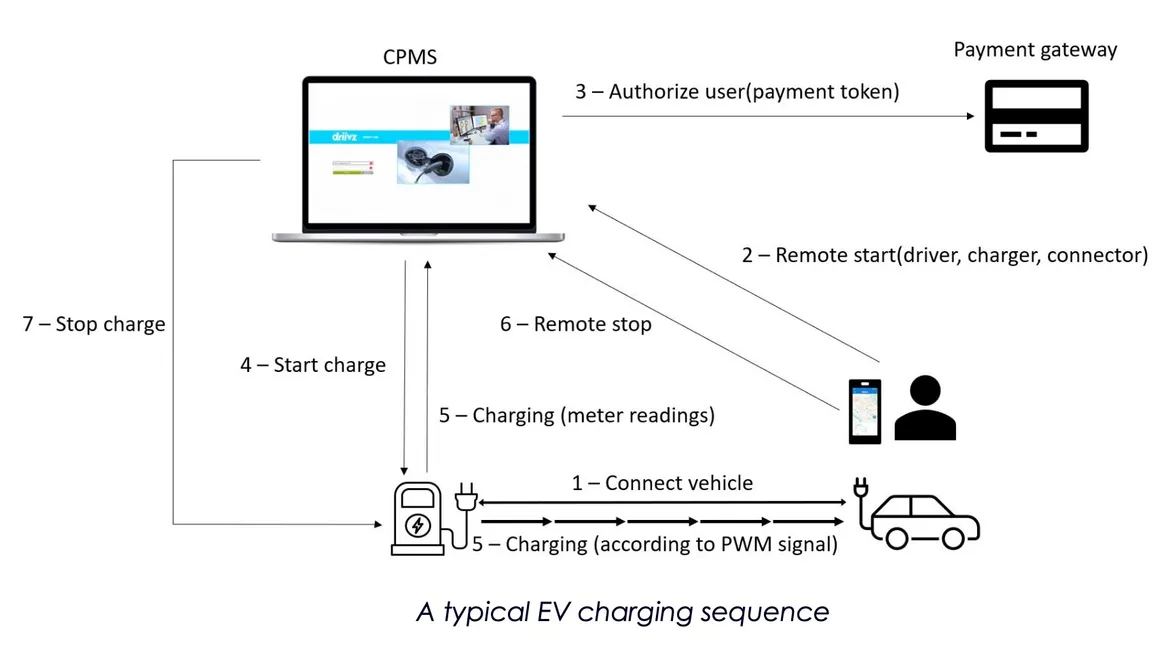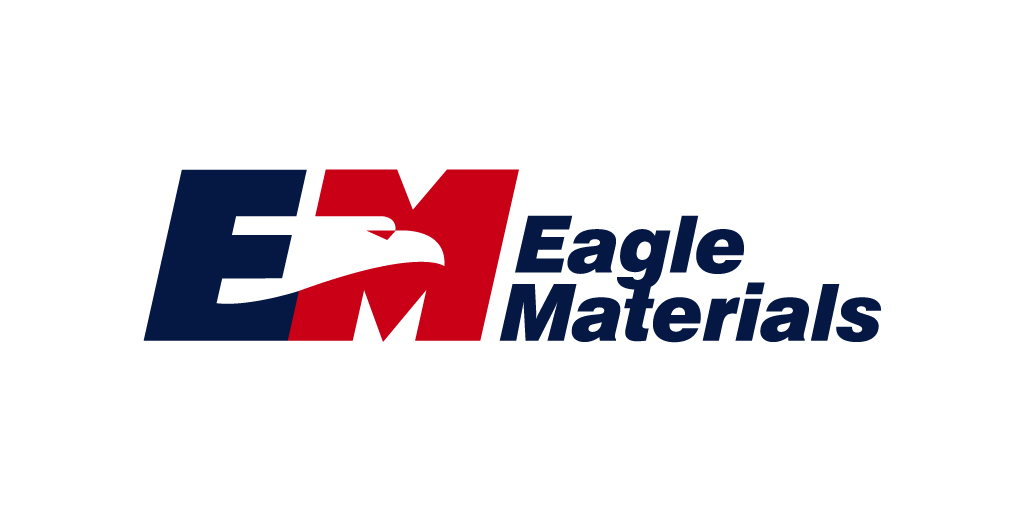Sign up for daily news updates from CleanTechnica on email. Or follow us on Google News!
At CleanTechmica, we are all in on the EV revolution. In our virtual company parking lot, most of the cars are Teslas with a smattering of Chevy Bolts. There may be a Nissan LEAF in one corner. Being EV advocates, we understand clearly that being able to charge electric cars reliably is critical. For those of us who drive Teslas, that is not a problem. When we roam far from home, we have the wonderful Tesla Supercharger network available almost everywhere we go. We plug in, charging starts, and 30 minutes later we are on the road again, refreshed and happy.
For many other EV drivers, however, charging away from home is often a nightmare, fraught with chargers that either are not working or that won’t turn on because of payment issues. In North America, there are several large charging networks like ChargePoint, EVgo, Blink, and the largest of them all, Electrify America. As it turns out, being big is not a benefit when it comes to EV charging. In the latest survey by JD Power, Electrify America was rated the worst charging network in America by drivers who use the Plug Share app.
Electrify America Comes In Last In EV Charging Survey
Out of a possible 1000 points, Electrify America scored a dismal 538. EVgo was not much better at 569. ChargePoint fared better at 606 and the Supercharger network took the top spot in the survey with a total of 739 points. JD Power estimates that nationwide, only 80 percent of charging sessions are successful. In the survey, drivers reported massive frustration when attempting to charge on the Electrify America network. Broken screens, faulty payment systems, and chargers that give much less than their maximum charging speed were the most common complaints (along with charging cables too short to reach charging ports).
Anthony Lambkin, vice president of operations at Electrify America, told the Washington Post the network is working hard to improve reliability. “It’s inevitable that chargers break. It just happens. There is heavy wear and tear,” he said. Electrify America faces more challenges making sure its chargers operate with all types of vehicles, Lambkin added. With such a defeatist attitude, the prospects for improvement appear dim.
Driver Confidence Is Key
EV advocates say that as consumers begin to adopt these vehicles in larger numbers, network reliability is essential. “The game is really about consumer confidence,” Carleen Cullen, co-founder and executive director of the nonprofit Cool the Earth. “Drivers need to know that they can get in their car and get where they want.” she told the Post.
Electrify America’s latest draft investment plan, which details how the company will spend the final chunk of the Diesel-gate settlement money, acknowledges performance problems and notes a “decline in consumer satisfaction with public charging generally, falling to its lowest level recorded during the first half of 2023.” Cullen said, “They talk about maintenance, but there’s no performance requirements or guarantees or actions from Electrify America.”
The agreements Volkswagen entered into to settle its diesel cheating fiasco included fines if stations were not maintained. According to the original agreement, penalties start at $2,000 and rise to $50,000 after 30 days “for each failure to implement the approved maintenance plan.” Electrify America says no fines have ever been imposed by the Environmental Protection Agency or the California Air Resources Board, even though some consumers report seeing Electrify America chargers that were broken for months at a time.
Some critics suggest Electrify America should be held to a higher standard, as its investment is more of a penance than a straight business proposition. Still, there seems to be no political will to hold the company’s feet to the fire, even though its performance has been found wanting.
Making EV Chargers That Work Is Really, Really Difficult
Jerry Seinfeld liked to say, “Dying is easy; comedy is hard.” He might have said the same thing about making EV fast chargers. To the uninitiated dolt [such as the author], it seems simple. We pull up to a gas pump, swipe our credit card, and fill the tank. How hard can it be to make an EV charger do the same thing?
The answer is, “pretty damn hard.” Some problems stem from faulty installations and substandard maintenance. Others stem from improper management of software updates. Part of the challenge is the complexity of the process. Each “handshake” between the vehicle, the driver’s smartphone, the charger and the cloud based charging point management platform has to happen smoothly for a charging session to proceed successfully, according to Canary Media.
Sarah Hipel, standards and reliability program manager at the federal Joint Office of Energy and Transportation, said the industry needs more data to measure and track overall performance. “People expect a charging station to work when they arrive,” she said, “but we do not currently have great insight into how reliable the stations actually are, nor do we have good insight into the root causes of the problem when they are not working.” Her office is responsible for seeing to it that the 97 percent up time for chargers required by the National Electric Vehicle Infrastructure act is met.
NEVI Up Time Rules
NEVI sets rules minimum standards for secure and inter-operable communications, remote monitoring and diagnostics, seamless software updates, and real-time information on charging port up time, status, and customer pricing. It is up to ChargeX, a consortium of federal and state agencies and their private sector partners, to coordinate on ways to improve the EV charging experience. The group of more than 70 members, including major automakers, charging equipment manufacturers, charging network operators, utilities, consumer advocates and universities, is taking on a laundry list of charging problems beyond the NEVI program’s core up time requirement, says ChargeX director John Smart.
“ChargeX’s first order of business was to get a better understanding of what failures are happening.” At the top of the list is “finding and fixing the problems that are the most egregious today,” including failures of charging hardware, communications and payment, and user interfaces. “It’s an anecdotal-data approach based on the interest of time.” Smart says. Getting from today’s poor reliability scores to the federal government’s uptime target is likely to “be a hard lift,” said Tom Bowen, president of Qmerit Solutions, a business unit of EV-charging installation services provider Qmerit.
Qmerit released a white paper earlier this year that diagnosed the top reasons for public EV charging problems, based on data from charging software provider EV Connect’s charging network operations center. That data revealed potential problems at every step in the process of EV charger deployment and operation, said Seth Cutler, EV Connect’s chief operating officer.
A Multitude Of Problem Areas

Some problems stem from faulty installations and substandard maintenance. Others stem from improper management of software updates. Part of the challenge is the complexity of the process. Each “handshake” between the vehicle, the driver’s smartphone, the charger and the cloud-based charging point management platform has to happen smoothly for a charging session to proceed successfully.
Problems occur if the modem built into the charging equipment is not functioning, which could be the responsibility of the network operator, the equipment vendor, the cell phone provider or the electric utility company. “Internal station faults/errors” is a category that includes everything from faulty cables and power converters to software glitches between chargers and EVs.
Improper installation can be at the root of many charger failures. There is a significant shortage of trained EV charger installers, something that Qmerit and other companies are working to correct through programs like the Electric Vehicle Infrastructure Training Program, a volunteer-based, nonprofit EV industry organization.
Even when installations are done right, however, pieces of equipment will fail and things will be damaged. Diagnosing these problems and fixing them in a timely manner is a key challenge for public charging operators seeking to keep up time metrics within the minimum requirements set for the NEVI program. “One, do we know what’s wrong? Two, do we have the parts to fix what’s wrong? And three, do we have the labor to go out and fix what’s wrong in a timely manner?” said Seth Cutler, CEO of EV Connect.
Getting an answer to such questions is anything but simple, according to Ivo Steklac, chief technology officer at EVgo. The company recently did a deep dive into all the things that can go wrong during a charging session and came up with 300 unique errors. “It seems like such a simple thing. I have a connector. I have a plug. I plug in a connector and I decide how I want to start and how I want to pay. But there’s an enormous amount of complexity to it. We had to identify not only how many ways it can go wrong, but can we detect how it can go wrong in each of these ways — and then, how do we correct it.”
Data Is The Key
The answers to all these questions rely on data, and while NEVI does have up time standards, it does not have mechanisms that require all companies to provide the data necessary to understand system failures accurately and charging companies are not always wiling to share data with their competitors.
“Our data today does not tell you what the problem is,” said Bill Ferro, a ChargeX member and CEO of EVSession. His company works with vehicle fleet owners and operators to find working chargers and diagnose problems with broken ones. But the quality and granularity of the data available for those tasks vary wildly from site to site and from charging operator to charging operator, he said. Too often, “We do not have enough information to tell you whether the payment system is out, if the pin in the connector is damaged, if the screen is blank — or if it’s the vehicle’s fault.”
Drivers, of course, don’t care what the fault is. They just want the damned charger to work. Until the vast majority of them do, the EV revolution in America will not move forward as fast as it needs to. Manufacturers may put more pressure on charging providers than the government does. They want to be able to direct their EV customers to chargers that work. If charging companies want to do business with Ford, or Cadillac, or Ram customers, they will need up time reliability that exceeds the federal governments 97 percent standard.
And Then There Is Tesla
Today, the Tesla Supercharger is the gold standard of EV charging networks, which is why so many other manufacturers have decided to adopt the NACS standard for their own cars. But that doesn’t mean Tesla won’t experience problems of its own when dozens of new vehicles with their own charging protocols start showing up at Supercharger stations, expecting a seamless charging experience. Tesla is good but opening its Supercharger network to the public may prove a challenge to its reputation.
The most hopeful scenario is that by 2025, public EV charging in America will be mostly a joy with few glitches. If the transition to electric transportation is to accelerate, charging needs to stop being a pain point for EV drivers.
Have a tip for CleanTechnica? Want to advertise? Want to suggest a guest for our CleanTech Talk podcast? Contact us here.
Our Latest EVObsession Video
I don’t like paywalls. You don’t like paywalls. Who likes paywalls? Here at CleanTechnica, we implemented a limited paywall for a while, but it always felt wrong — and it was always tough to decide what we should put behind there. In theory, your most exclusive and best content goes behind a paywall. But then fewer people read it!! So, we’ve decided to completely nix paywalls here at CleanTechnica. But…
Thank you!
CleanTechnica uses affiliate links. See our policy here.



